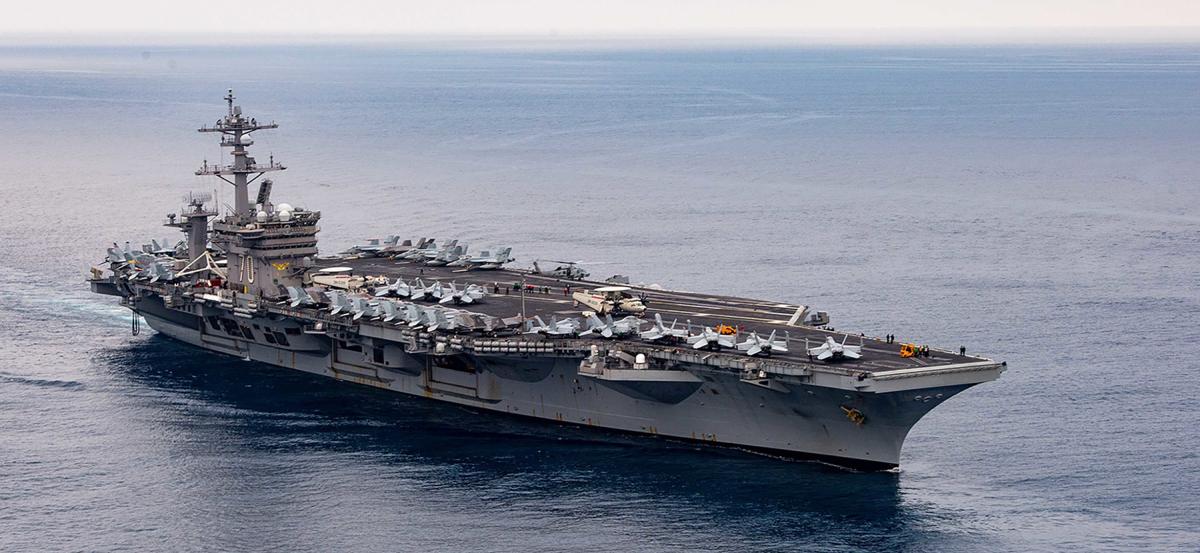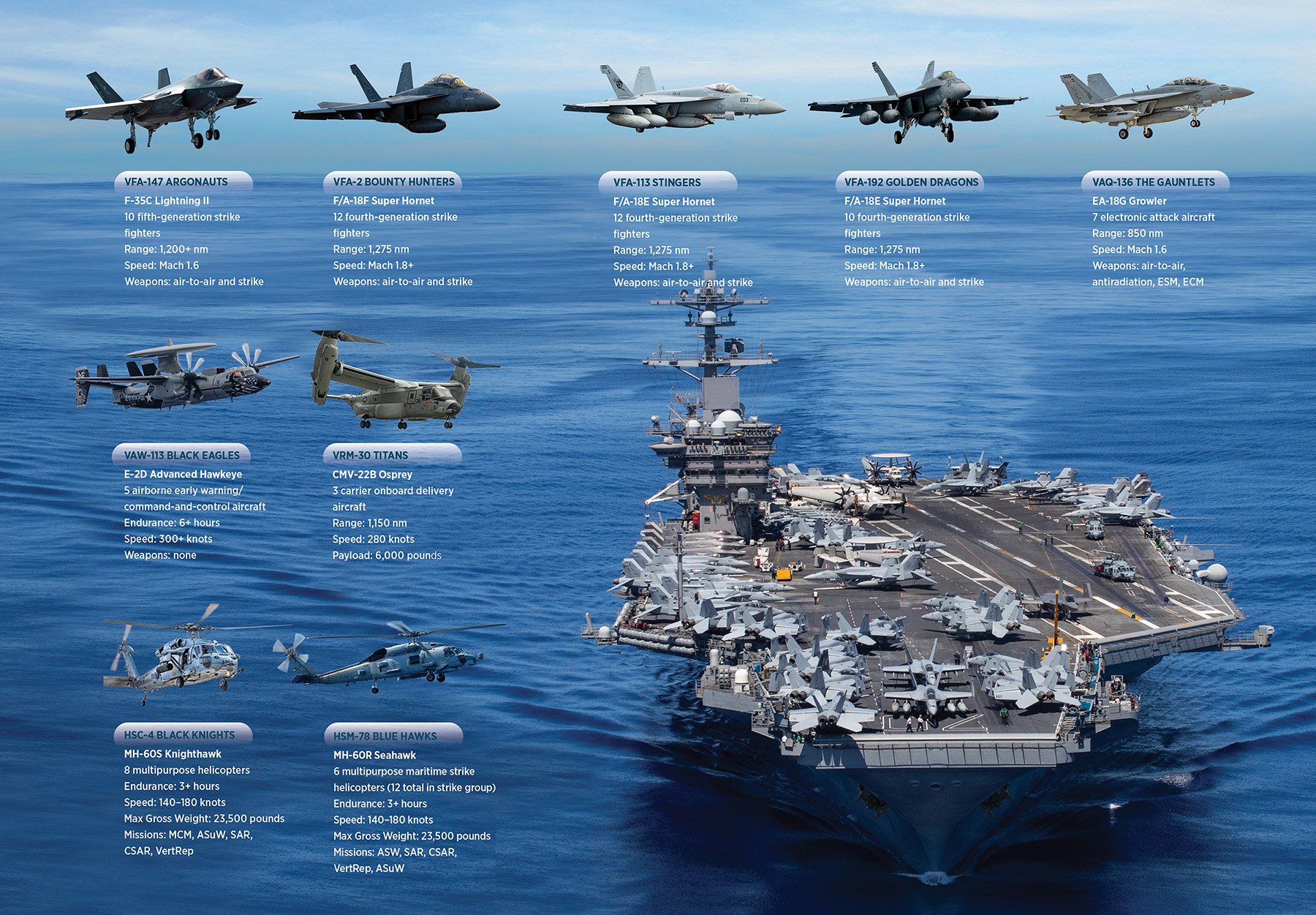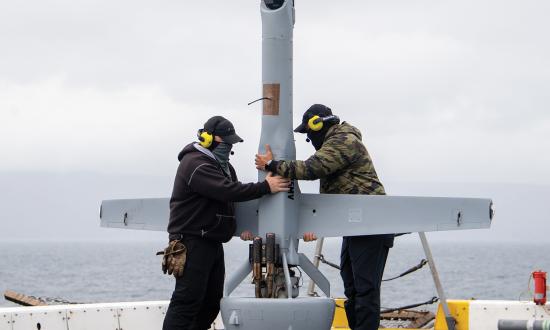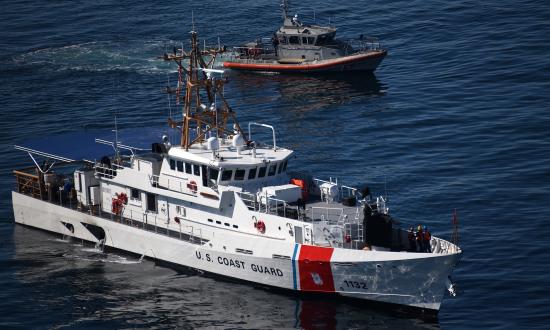The carrier air wing is undergoing a reevaluation, with the Navy considering many long-term changes. But some have already arrived. In July 2021, the USS Carl Vinson (CVN-70) deployed with the Navy’s first operational F-35C and CMV-22B squadrons on board.
The Bell Boeing CMV-22B Osprey tiltrotor is replacing the venerable Grumman C-2 Greyhound as the carrier onboard delivery (COD) aircraft, delivering people, mail, spare parts, and other sundries to carriers at sea from shore bases. But the C-2 is a catapult-launched, arrested-landing, fixed-wing aircraft, while the CMV-22B can take off and land vertically, making it useful for transportation within a strike group or capable of delivering to other ships if the carrier has a fouled deck. The “CODsprey” can deliver 6,000 pounds of cargo—including the Pratt and Whitney F135 engine that powers the F-35C—to a range of about 1,150 nautical miles (nm). The C-2 can carry up to 10,000 pounds and travel as far as 1,400 nm, but the max load comes with a range penalty of 400 miles or more.
The F-35C deployment is a major milestone for the conventional take-off version of the Joint Strike Fighter, one 20 years in the making. The carrier version of the aircraft is the last to reach an operational deployment. The aircraft’s advanced sensors and electronic warfare capabilities will finally get a chance to prove themselves at sea, working alongside the Carl Vinson’s F/A-18E/F Super Hornets and EA-18G Growlers.
Next up for the air wing? The MQ-25 Stingray unmanned tanker, which the Navy hopes will achieve initial operational capability in 2024.







